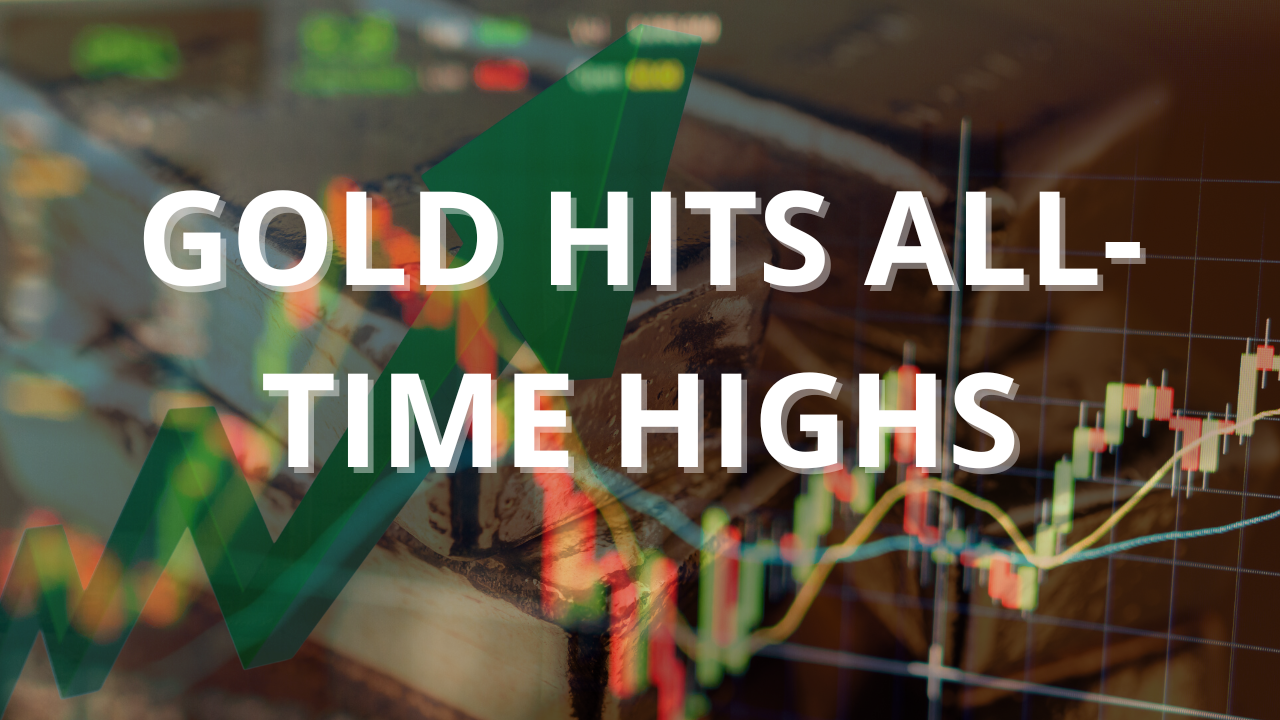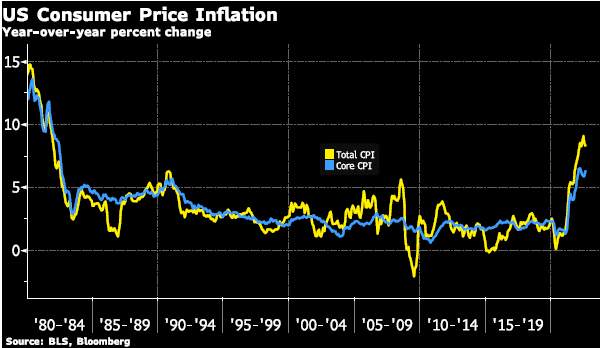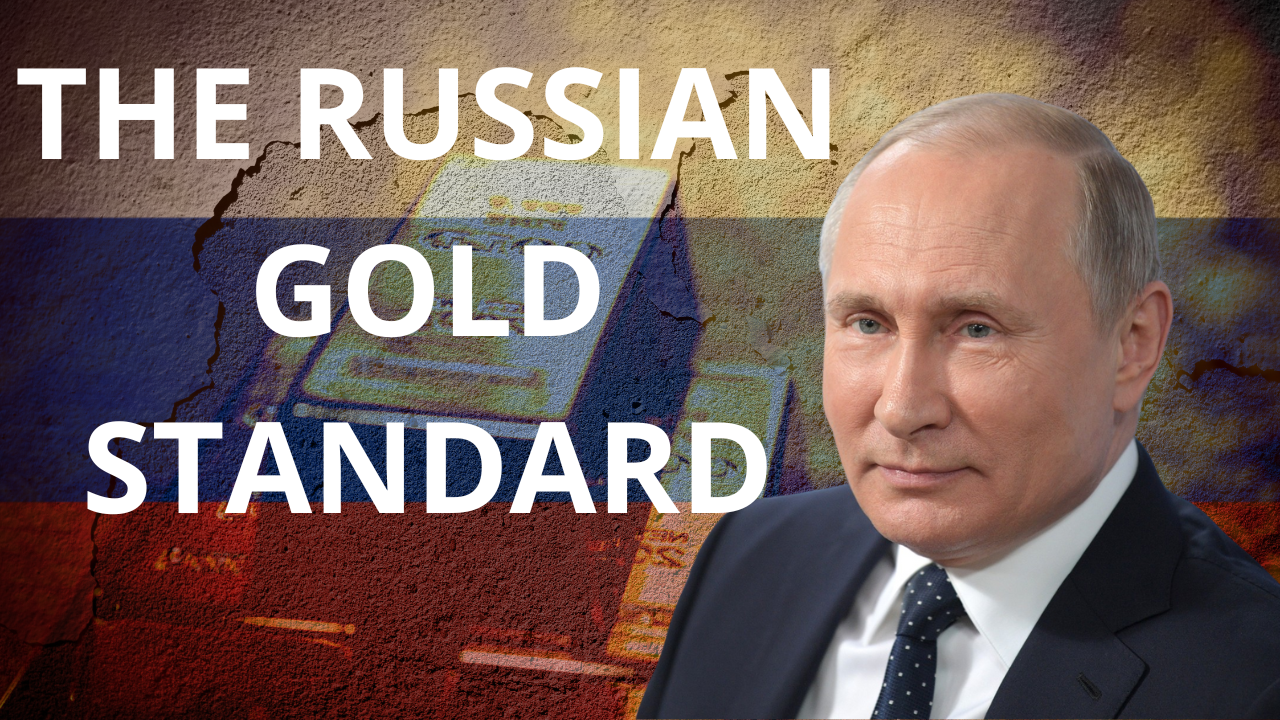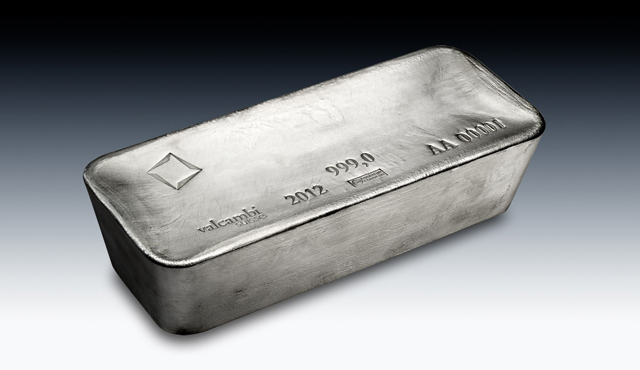They Will Never Get It…
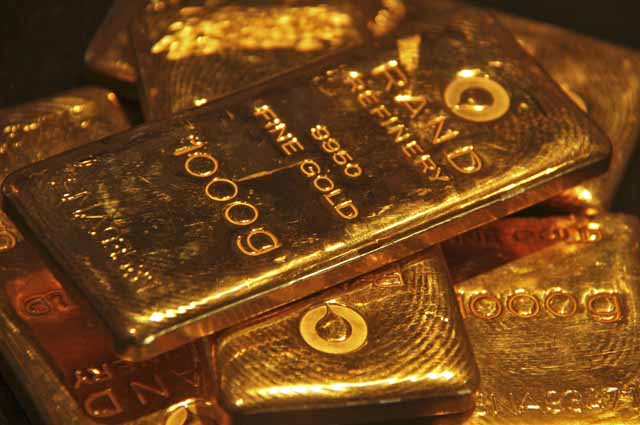
They Will Never Get It… We and many others have made a valiant effort over the years to explain what actually moves the gold market (as examples see e.g. our article “Misconceptions About Gold”, or Robert Blumen’s excellent essay “Misunderstanding... - Click to enlarge
We and many others have made a valiant effort over the years to explain what actually moves the gold market (as examples see e.g. our article “Misconceptions About Gold”, or Robert Blumen’s excellent essay “Misunderstanding Gold Demand”). Sometimes it is a bit frustrating when we realize it has probably all been for naught.
This was brought home to us again in a recent missive posted at Kitco, which discusses an RBC research note on gold. In a way, it is actually quite funny. The post at Kitco is titled “Gold’s ‘One-legged’ Rally Is Cause of Concern”.
We can assure you it is not of “concern” to us. But we did wonder why the rally was supposedly “one-legged”, so we decided to read on.
Here is what RBC has decided was worth sharing in its new research report:
Despite gold’s impressive run up so far this year, analysts at RBC Capital Markets are concerned by the “one-legged” nature of its rally. In a research report Friday, commodity strategists for the bank noted that gold’s 2016 upswing has been mainly driven by investors, while other sources of demand haven’t followed through.
“In fact, investment demand seems to be the only leg driving this one-legged rally. For us to turn positive, we would need to see this strength replicated elsewhere,” they said. “Investor sentiment has turned amid a flight to safety, but that seems to be the only sentiment that has in fact shifted.”
(emphasis added)
Color us completely flabbergasted. What “others sources of demand” apart from investment demand are supposedly needed to produce a rally in gold and make it two-legged or maybe even three-legged?
Gold – Daily Candlestick ChartJune gold, daily. You poor one-legged thing! |
We could of course see where this was probably going, and RBC’s analyst minions didn’t disappoint:
“Based on the World Gold Council’s latest demand report, released Thursday, gold demand increased by 21% in the first quarter, mostly driven by extreme inflows in exchange-traded funds. Gold-backed ETFs saw inflows of 363.7 tonnes, which more than reversed the outflows seen in 2014 and 2015 combined. However, demand from the two largest gold-consuming nations – India and China – fell in Q1, declining by 39% and 12%, respectively. The analysts also warned that investor demand, although being the main driver behind gold’s momentum, is often the quickest to turn and the rapid increase seen so far this year will be hard to replicate if market turmoil subsides.”
(emphasis added)
Whenever the “World Gold Council’s latest demand report” is mentioned in an analysis of gold, it is the functional equivalent of the analysts saying “we have not the foggiest idea what actually moves the gold market and should be doing something else”.
What is Really Important
There are few things that are less important to the gold price than the gold flows imprecisely captured by WGC statistics. We will remind readers of an economic theorem now that surely everybody remembers from Economics 101: “Demand always equals supply”.
The only thing that changes are the prices at which demand and supply intersect. Armed with that knowledge, let us think for a moment about the total supply of gold in the world. Contrary to industrial commodities which are regularly “used up” and the warehouse supply of which often lasts for only a few months of usage, all the gold ever mined still exists in accessible form.
This supply doesn’t last for just a few months of fabrication, industrial or ETF demand. It could satisfy these sources of demand for an estimated 70 years. Granted, only a certain percentage of it is probably in the form of “tradable” gold, but we are looking at something like 180,000 tons of gold all in all (this is just an estimate – it could be a bit more or a bit less).
GLD SPDR Gold Shares NYSEOpen-ended bullion ETF GLD |
So how big is the “demand for gold”? That’s right, total demand is for approximately 180,000 tons. Once one realizes that, it should be clear that it matters not one whit whether 50 tons more or less have been imported by China or India in a given quarter, or whether central banks have bought 50 tons or not. All these numbers are simply too tiny to matter.
So what actually drives the demand for gold and its price? Is it jewelry demand? Certainly not. Investment demand is the only thing that matters to the gold price. And while the tonnage held by ETFs is as such meaningless as well, changes in ETF holdings do tell us something about investment demand indirectly.
The bullion holdings of open-ended ETFs like GLD are solely the result of arbitrage operations by “authorized participants” (APs) who may create and dissolve share baskets of the ETF. This ensures that the ETF will never display a large premium or discount to its NAV, as such discrepancies are effectively arbitraged away every day.
When the ETF’s gold holdings are rising, it is telling us that the ETF has regularly traded at a small premium to its NAV intraday, giving the APs an incentive to create and sell new baskets of GLD shares, while concurrently buying the underlying bullion. In other words, it shows us that investors are eager to obtain exposure to gold.
Conclusion
Gold is a monetary metal. It cannot be analyzed in the same manner as industrial commodities – if anything, it should be analyzed as a currency, the soundest currency in the world. The flows analyzed by the WGC every quarter are little more than an intellectual curiosity. They are certainly telling us absolutely nothing about where the gold price is going next.
One thing the RBC analysts are correct about is that “market turmoil” in risk assets is a supportive factor for gold. However, it is not the only fundamental factor important for the gold price, not by a long shot. There have frequently been extended periods during which the correlation of risk assets and gold has been positive.
Whether gold rises or falls depends on investor perceptions about all fundamental drivers of gold prices combined. Quarterly imports of gold to China or India are not even on the list.
Charts by: BarChart, StockCharts
Full story here Are you the author? Previous post See more for Next post
Tags: Central Bank Gold Holdings,newslettersent,Precious Metals




















